Home>diy>Building & Construction>What Is A Bolster In Construction
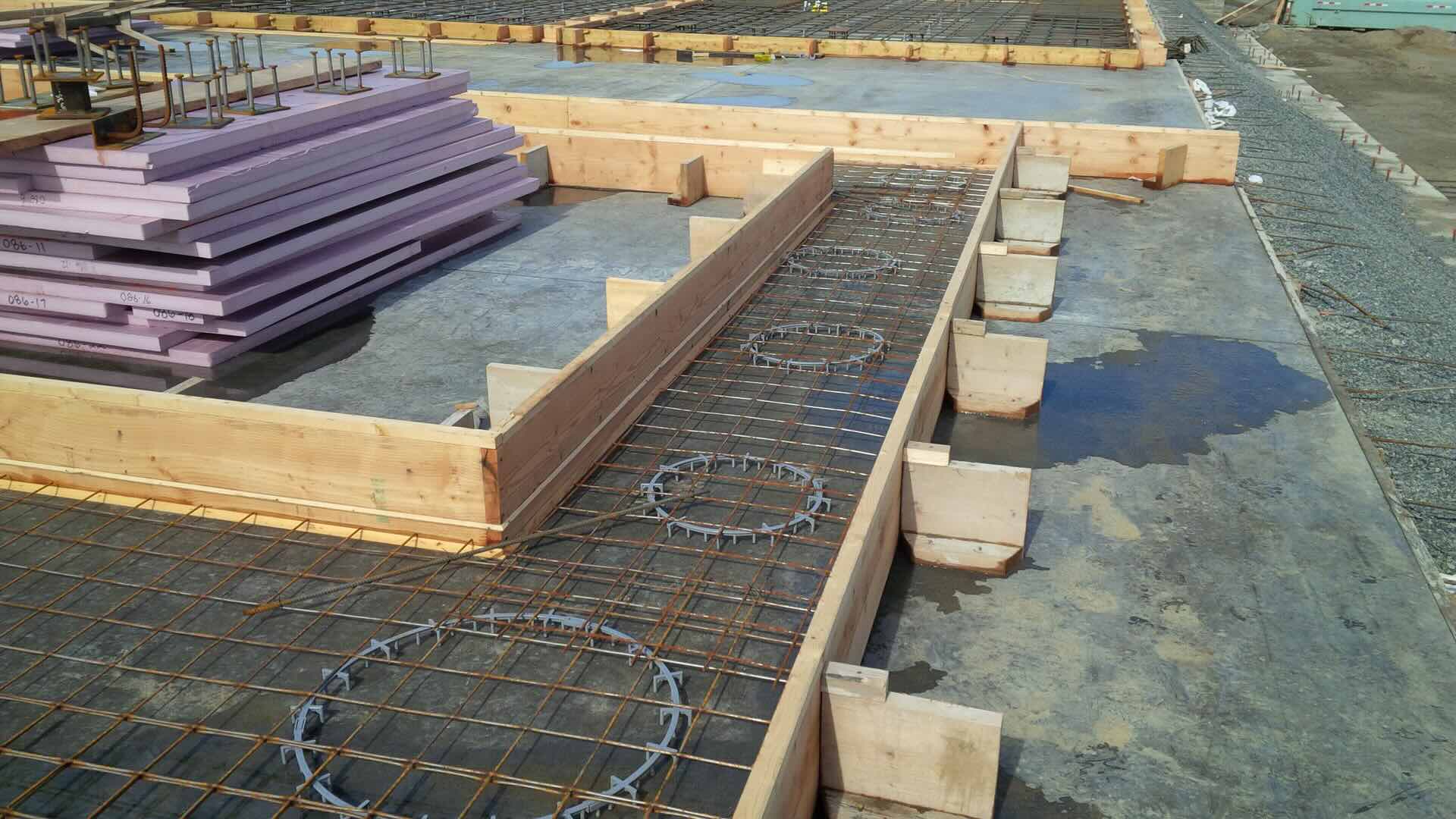

Building & Construction
What Is A Bolster In Construction
Modified: September 1, 2024
Learn about the role of a bolster in building construction and how it supports structural elements. Discover the importance of bolsters in ensuring stability and strength during the construction process.
(Many of the links in this article redirect to a specific reviewed product. Your purchase of these products through affiliate links helps to generate commission for Storables.com, at no extra cost. Learn more)
Introduction
In the world of construction, there are many terms and techniques that may seem unfamiliar to those outside the industry. One such term is “bolster,” which plays a crucial role in various construction projects. So, what exactly is a bolster in construction? In this article, we will delve into the definition, purpose, types, materials, construction methods, benefits, and considerations associated with using bolsters in construction.
Bolsters are versatile devices used in construction to support heavy loads, distribute weight, and provide stability. They are often used in combination with other structural elements to ensure the safety and integrity of the project. Whether you are constructing a small residential building or a large commercial structure, understanding the role of bolsters is vital for successful construction.
Throughout history, builders and engineers have developed various types and designs of bolsters to suit different construction requirements. From traditional wooden bolsters to modern steel and concrete bolsters, the choice of materials and construction methods has evolved to meet the demands of the industry. Each type of bolster offers unique advantages and considerations, depending on the specific project and its requirements.
It is important to note that the use of bolsters in construction is not limited to a specific phase or area of a building project. From foundation works to framing, roofing, and even decorative elements, bolsters find their place in various stages of construction. Their versatility and adaptability make them an invaluable tool for builders and contractors alike.
In this article, we will explore the different types of bolsters used in construction, the materials commonly used to build them, the construction methods associated with bolsters, as well as the benefits and challenges of using them. By gaining a comprehensive understanding of bolsters in construction, you will be equipped with the knowledge necessary to make informed decisions and ensure the stability and safety of your construction projects.
Key Takeaways:
- Bolsters in construction provide essential support, stability, and alignment, ensuring structural integrity, load distribution, and enhanced safety throughout the building process.
- Understanding the challenges and considerations of using bolsters is crucial for safe and effective construction, including accurate load calculation, proper placement, material selection, and adherence to regulations.
Read more: What Is Construction
Definition of a Bolster in Construction
In construction, a bolster refers to a supportive device or structure that helps distribute the weight of a heavy load and provides stability during the construction process. It is typically a horizontal beam or platform that is strategically placed to support and reinforce various components of a building or structure.
The primary purpose of using a bolster in construction is to ensure the structural integrity and safety of the project. By distributing the weight of the load over a wider area, bolsters help prevent excessive stress and strain on individual components, such as beams, columns, or walls. This redistribution of weight significantly reduces the risk of structural failure or collapse.
Bolsters also play a crucial role in providing stability during the construction process. They are often used to brace and support temporary structures, such as scaffolding or formwork, which are essential for the construction of walls, floors, and other vertical elements. By providing a stable base, bolsters enable workers to carry out their tasks safely and efficiently, reducing the potential for accidents and injuries.
Additionally, bolsters are used to facilitate the installation and alignment of building materials. For example, in masonry construction, bolsters are employed to align and support bricks or blocks as they are laid. This ensures that the materials are properly positioned and leveled, resulting in a more aesthetically pleasing and structurally sound finished product.
The design and placement of bolsters vary depending on the specific construction requirements. In some cases, bolsters may be temporary structures used during the construction phase and later removed. In other instances, they may become permanent fixtures within the building, hidden behind walls or other finishes.
Purpose of a Bolster in Construction
The purpose of using a bolster in construction is multifaceted, with several key objectives that contribute to the success and safety of a construction project. Let’s explore the primary purposes of bolsters in construction:
1. Load Distribution: One of the main purposes of a bolster is to evenly distribute the weight of a heavy load. By providing a wide and stable base, bolsters help prevent individual components, such as beams or walls, from bearing excessive weight. This distribution of load minimizes the risk of structural damage or failure, ensuring the long-term stability of the building or structure.
2. Structural Support: Bolsters play a crucial role in providing support to various building elements. They are strategically placed to reinforce and brace temporary structures, such as scaffolding or formwork, during the construction process. This support enhances the stability of these structures, allowing workers to carry out their tasks safely and efficiently.
3. Alignment and Positioning: Bolsters are often used to align and support building materials during installation. In masonry construction, for example, bolsters are utilized to ensure that bricks or blocks are laid in a straight and level manner. This precise alignment not only enhances the aesthetics of the finished product but also contributes to its structural integrity.
4. Temporary Construction Needs: Bolsters are frequently used as temporary structures during construction. They provide a reliable and stable platform for workers to access different areas of the building site. Temporary bolsters can be easily adjusted and repositioned as construction progresses, accommodating changes and facilitating the efficient completion of the project.
5. Permanent Fixtures: In some cases, bolsters may become permanent fixtures within a building. They can be concealed within walls, floors, or other finishes, providing hidden support and reinforcement. These permanent bolsters ensure the long-term stability and durability of the structure, even after the construction phase is complete.
Overall, the purpose of a bolster in construction is to contribute to the structural integrity, stability, and safety of a building or structure throughout the construction process and beyond. By fulfilling these roles, bolsters help create a strong and durable foundation for the successful completion of any construction project.
Types of Bolsters Used in Construction
Bolsters used in construction come in various types, each designed to fulfill specific requirements based on the nature of the project. Let’s explore some of the most common types of bolsters used in construction:
1. Wooden Bolsters: Wooden bolsters have been used in construction for centuries and are still widely employed today. They are typically made from strong, durable hardwoods such as oak or maple. Wooden bolsters offer excellent load-bearing capacity and are relatively lightweight, making them easy to handle and transport. They are commonly used in carpentry and formwork applications.
2. Steel Bolsters: Steel bolsters are incredibly strong and resistant to bending or deformation. They are commonly fabricated from welded structural steel components, providing exceptional load-bearing capacity. Steel bolsters are often used in large-scale construction projects where heavy loads need to be supported, such as bridges or high-rise buildings.
3. Concrete Bolsters: Concrete bolsters are formed by pouring concrete into molds or using precast components. They offer superior strength and durability, making them ideal for long-term support requirements. Concrete bolsters are commonly used in foundation works, retaining walls, or other load-bearing structures where stability and longevity are essential.
4. Adjustable Bolsters: Adjustable bolsters provide flexibility in height adjustment, allowing for precise positioning and support. They are commonly used in applications where the height requirements may vary or where leveling adjustments are needed. Adjustable bolsters are often used in formwork, scaffolding, or temporary platforms that require adaptability.
5. Reinforced Bolsters: Reinforced bolsters are designed with additional reinforcement elements, such as steel bars or mesh, to enhance their load-bearing capacity. This additional reinforcement provides increased strength and durability, making them suitable for heavy-duty applications or situations where extra support is required.
6. Plastic Bolsters: Plastic bolsters are lightweight, easy to handle, and resistant to corrosion or damage from moisture. They are commonly used in applications where non-metallic materials are preferred, such as in areas where electrical conductivity is a concern or where chemical resistance is required.
It is important to note that these are just a few examples of the many types of bolsters used in construction. The choice of the appropriate bolster type depends on factors such as load requirements, structural considerations, environmental conditions, and project specifications.
By understanding the different types of bolsters available, builders and contractors can select the most suitable option for their specific construction needs, ensuring the optimal support, stability, and safety of the project.
Materials Used for Bolsters in Construction
Bolsters, being essential components in construction, are constructed using a variety of materials that offer strength, durability, and stability. The choice of material depends on the specific project requirements and the load-bearing capacity needed. Let’s explore some of the commonly used materials for constructing bolsters in construction:
1. Wood: Wood has been a traditional material for constructing bolsters for centuries. Hardwoods such as oak, maple, or birch are commonly used due to their strength and resistance to bending or deformation. Wood bolsters are relatively lightweight, making them easy to handle, transport, and install. They are often used in carpentry and formwork applications.
2. Steel: Steel is a popular choice for constructing bolsters when high load-bearing capacity is needed. It is exceptionally strong, durable, and resistant to bending or deformation under heavy loads. Steel bolsters are typically fabricated using welded structural steel components, providing excellent support and stability. They are commonly seen in large-scale construction projects like bridges or high-rise buildings.
3. Concrete: Concrete is a versatile material widely used in construction, including the construction of bolsters. Concrete bolsters offer exceptional strength, durability, and stability, making them suitable for long-term support requirements. They can be formed by pouring concrete into molds or using precast components. Concrete bolsters are often used in foundation works, retaining walls, or other load-bearing structures where stability and longevity are crucial.
4. Composite Materials: Composite materials, such as fiberglass or carbon fiber, are also used in bolster construction due to their lightweight yet high-strength properties. These materials offer excellent resistance to corrosion and can withstand heavy loads. Composite bolsters are commonly used in applications where weight reduction, corrosion resistance, or specific performance attributes are desired.
5. Plastic: Plastic bolsters are lightweight, resistant to corrosion, and easy to handle. They provide a cost-effective alternative to other materials, especially in non-load-bearing or non-structural applications. Plastic bolsters are commonly used in areas where electrical conductivity is a concern or where chemical resistance is required. They are lightweight and easy to transport, making them suitable for various construction projects.
It’s important to note that the choice of material for bolsters depends on factors such as project specifications, load requirements, environmental conditions, and budget considerations. Additionally, materials can be combined to create hybrid bolsters that take advantage of the unique properties of different materials.
By selecting the appropriate materials for bolster construction, builders and contractors can ensure the strength, durability, and stability of the bolsters, ultimately contributing to the overall integrity and safety of the construction project.
When using a bolster in construction, make sure to wear appropriate safety gear such as gloves and goggles to protect yourself from flying debris. Always use the bolster on a stable surface to prevent accidents.
Read more: What Is Drainage In Construction
Construction Methods Involving Bolsters
Bolsters are incorporated into various construction methods to ensure stability, support, and proper alignment of building components. Depending on the specific project requirements and the type of bolster being used, different construction methods are employed. Here are some of the common construction methods involving bolsters:
1. Formwork Construction: Formwork is the temporary structure used to shape and support freshly poured concrete until it gains sufficient strength to be self-supporting. Bolsters play a crucial role in formwork construction by providing support and reinforcement to the formwork panels or beams. They are strategically placed to prevent deformation or misalignment of the formwork elements, ensuring the accurate shape and dimensions of the concrete structure.
2. Scaffolding Installation: Scaffolding is widely used in construction to provide a platform for workers to access different areas of the building site. Bolsters are essential components of scaffolding systems, providing stable support and ensuring the safety of workers. They are used to align and level scaffolding members, distribute loads evenly, and provide a solid base for scaffolding platforms.
3. Masonry Construction: Bolsters are frequently employed in masonry construction, particularly for bricklaying or block laying. They are used to support and level the bricks or blocks as they are being laid, ensuring straight and aligned walls. Bolsters provide stability and prevent the displacement of masonry units, resulting in a structurally sound and aesthetically pleasing finished product.
4. Roofing Installation: Bolsters play a role in the installation of roofs, particularly when using heavy roof materials such as tiles or slates. They are used to support the weight of the roof materials and distribute the load evenly across the supporting structure. Bolsters also help in maintaining the correct placement and alignment of the roof materials, ensuring a watertight and durable roof covering.
5. Precast Concrete Construction: In precast concrete construction, bolsters are used to support and lift precast concrete elements during installation. They provide temporary support during the lifting process, ensuring the safe and accurate placement of the precast elements. Bolsters also aid in aligning the precast elements with surrounding structures and ensure the proper fit and connection between components.
6. Retaining Wall Construction: Bolsters are often utilized in the construction of retaining walls to provide reinforcement and support. They help distribute the loads exerted by the retained soil or other materials, preventing excessive stress on the wall structure. Bolsters also aid in maintaining the alignment and integrity of the retaining wall, especially during the construction process or when there are variations in soil pressure.
It is important to note that construction methods involving bolsters may vary depending on the specific project requirements, construction techniques, and local building codes and regulations. The precise placement and use of bolsters are determined by the design plans and engineering specifications of the project.
Benefits of Using Bolsters in Construction
Bolsters play a crucial role in construction projects, offering several benefits that contribute to the overall success and safety of the building process. Here are some of the key advantages of using bolsters in construction:
1. Structural Stability: Bolsters provide essential support to heavy loads, ensuring a stable and safe construction process. By distributing the weight of the load over a wider area, bolsters help prevent excessive stress on individual components, reducing the risk of structural failure or collapse. They enhance the overall stability and integrity of the building, ensuring its long-term durability.
2. Load Distribution: Bolsters play a vital role in evenly distributing the weight of heavy loads. This distribution minimizes the concentration of stress on specific elements, such as beams or walls, reducing the risk of damage and extending their lifespan. With proper weight distribution, the load-bearing capacity of the building is maximized, preventing premature failure or structural deformations.
3. Enhanced Safety: Bolsters contribute to a safer working environment by providing stability and support during the construction process. They are often used to brace and reinforce temporary structures like scaffolding or formwork, ensuring worker safety. Bolsters also minimize the potential for accidents and injuries by creating a stable base for construction activities and preventing the displacement of building materials or equipment.
4. Alignment and Precision: Bolsters assist in achieving accurate alignment and positioning of building materials during construction. In masonry work, for example, bolsters are used to ensure that bricks or blocks are laid in a straight and level manner, resulting in a structurally sound and visually appealing finished product. Bolsters provide the necessary support to maintain precise alignment throughout the construction process.
5. Adaptability: Bolsters are versatile and can be adjusted or repositioned as construction progresses. This adaptability is particularly beneficial when dealing with varying load requirements or when adjustments need to be made during the construction process. Bolsters can be easily modified or replaced to accommodate changes, ensuring the construction project remains on track and meets the specific needs of the project.
6. Cost-Effectiveness: Using bolsters in construction can lead to cost savings in various ways. By properly distributing loads and minimizing stress on individual components, the lifespan of building materials is extended, reducing the need for premature replacements or repairs. The enhanced stability provided by bolsters can also result in fewer accidents or damage, saving on potential insurance claims or rework expenses.
7. Versatility in Applications: Bolsters find applications in various construction phases and areas, from foundation works to roofing and decorative finishes. Their adaptability allows for their use in different projects, regardless of size or complexity. Bolsters can be customized to suit specific project requirements, ensuring optimal support and stability throughout the construction process.
By utilizing bolsters in construction, builders and contractors can benefit from improved structural stability, enhanced safety, precise alignment, and the adaptability to meet changing project needs. The use of bolsters ultimately contributes to the successful completion of construction projects, delivering safe, reliable, and durable buildings.
Challenges and Considerations for Bolsters in Construction
While bolsters provide numerous benefits in construction projects, there are certain challenges and considerations that need to be taken into account. Understanding these challenges is crucial to ensure the effective and safe use of bolsters in construction. Here are some key challenges and considerations to be aware of:
1. Load Calculation: Calculating the appropriate load capacity and distribution for bolsters is essential to prevent overloading or failure. It is crucial to accurately estimate the weight of the intended load and ensure that the bolsters can sufficiently support it. Failing to calculate the load correctly can result in structural damage, instability, or even collapse.
2. Proper Placement and Support: The correct placement and support systems for bolsters are critical to their effectiveness. Bolsters must be positioned in the right locations to provide optimal support and stability. Inadequate support or improperly placed bolsters can lead to uneven weight distribution or compromised structural integrity. Consulting with structural engineers or experienced construction professionals can help ensure proper placement and support.
3. Material Selection: Choosing the appropriate material for bolsters is an important consideration. Factors such as load requirements, environmental conditions, and durability need to be taken into account. The selected material should have sufficient strength and resistance to withstand the anticipated loads and environmental factors, such as moisture, chemicals, or temperature fluctuations.
4. Maintenance and Inspection: Bolsters, like any other construction component, require regular maintenance and inspection to ensure their functionality and longevity. Regular inspections can identify any signs of wear, damage, or instability. Proper maintenance, including cleaning, lubrication, and repairs, should be carried out to ensure that the bolsters remain in good condition and perform effectively throughout the lifespan of the construction project.
5. Safety Precautions: Construction sites can be inherently hazardous, and the use of bolsters introduces additional safety considerations. Workers should be trained on proper bolster installation, use, and safety protocols. Adequate safety precautions, such as proper personal protective equipment (PPE) and fall protection, should be implemented to prevent accidents or injuries.
6. Adherence to Codes and Regulations: Bolsters must comply with local building codes, regulations, and industry standards. It is essential to ensure that the design, construction, and placement of bolsters meet the specific requirements outlined by regulatory authorities. Non-compliance can lead to legal and safety implications and may result in project delays or costly rework.
7. Project-Specific Considerations: Each construction project has its unique considerations that may impact bolster usage. Factors such as site conditions, environmental factors, project timeline, and budget constraints need to be taken into account. Customization of bolster design and implementation may be necessary to address these project-specific considerations.
By addressing these challenges and considerations, builders and contractors can ensure the safe and effective use of bolsters in construction. Proper planning, design, maintenance, and adherence to regulations are essential to overcome potential challenges and ensure the successful integration of bolsters into construction projects.
Conclusion
In conclusion, bolsters play an integral role in construction projects, providing essential support, stability, and alignment to ensure the success and safety of the building process. Bolsters distribute the weight of heavy loads, enhance structural stability, and prevent excessive stress on individual components. They offer several benefits, including load distribution, enhanced safety, precise alignment, adaptability, cost-effectiveness, and versatility in applications.
Various types of bolsters are utilized in construction, including wooden, steel, concrete, adjustable, reinforced, and plastic bolsters. The choice of material depends on factors such as load requirements, structural considerations, and environmental conditions. Additionally, bolsters are incorporated into different construction methods, including formwork construction, scaffolding installation, masonry construction, roofing installation, precast concrete construction, and retaining wall construction.
However, there are challenges and considerations that need to be taken into account when using bolsters in construction. These include accurate load calculation, proper placement and support, material selection, regular maintenance and inspection, safety precautions, adherence to codes and regulations, and project-specific considerations. By addressing these challenges and considerations, builders and contractors can ensure the safe and effective use of bolsters in construction projects.
Overall, understanding the definition, purpose, types, materials, construction methods, benefits, challenges, and considerations of bolsters in construction is crucial for anyone involved in the industry. By utilizing bolsters correctly, builders can enhance structural integrity, improve safety conditions, and achieve successful construction outcomes. Bolsters contribute to the stability, longevity, and durability of buildings, laying the foundation for safe and resilient structures that stand the test of time.
Frequently Asked Questions about What Is A Bolster In Construction
Was this page helpful?
At Storables.com, we guarantee accurate and reliable information. Our content, validated by Expert Board Contributors, is crafted following stringent Editorial Policies. We're committed to providing you with well-researched, expert-backed insights for all your informational needs.
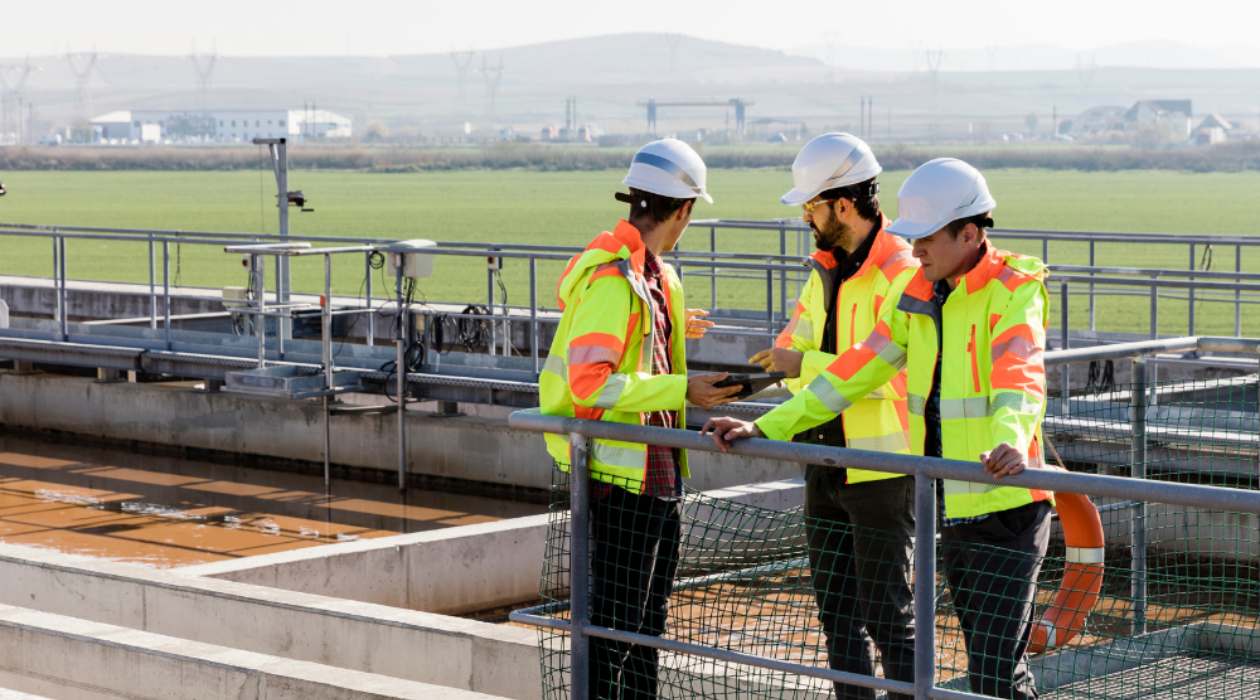

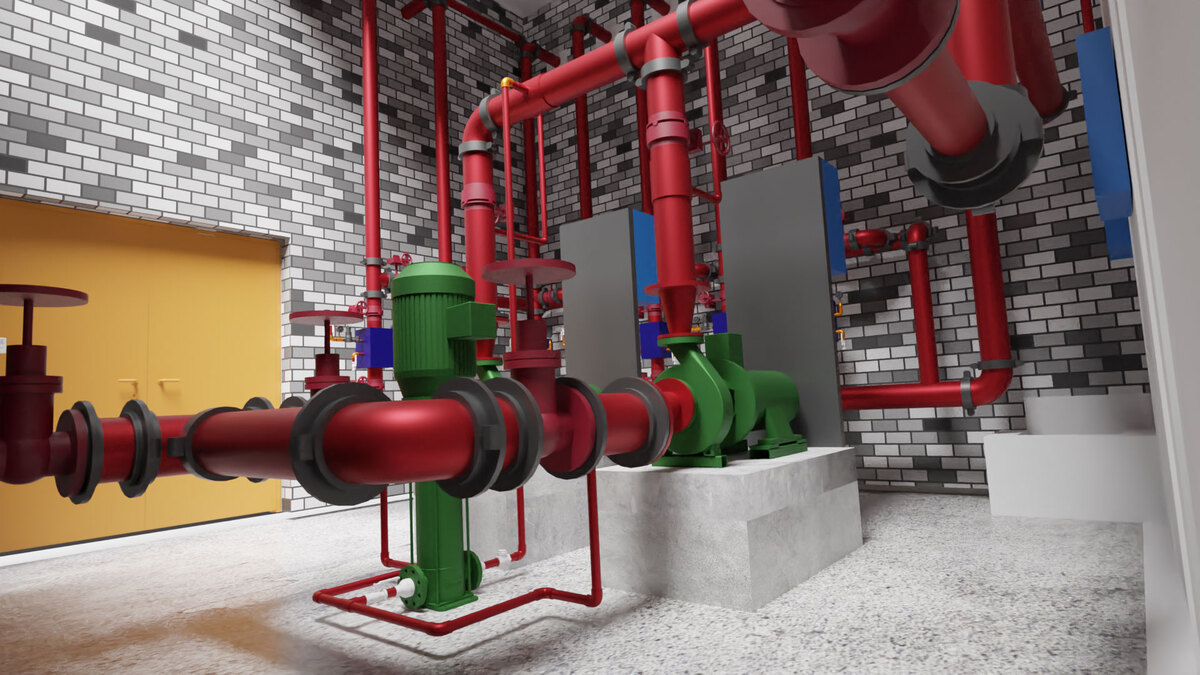
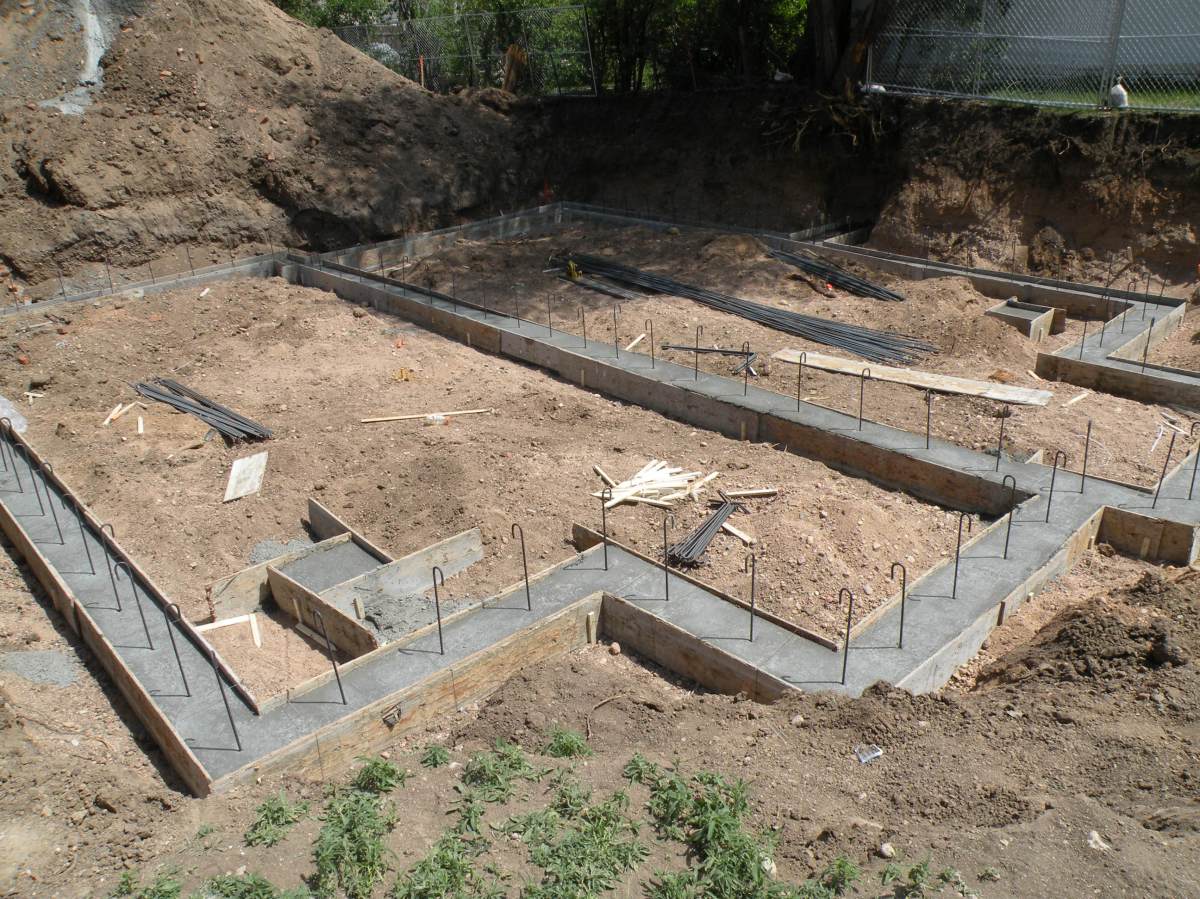
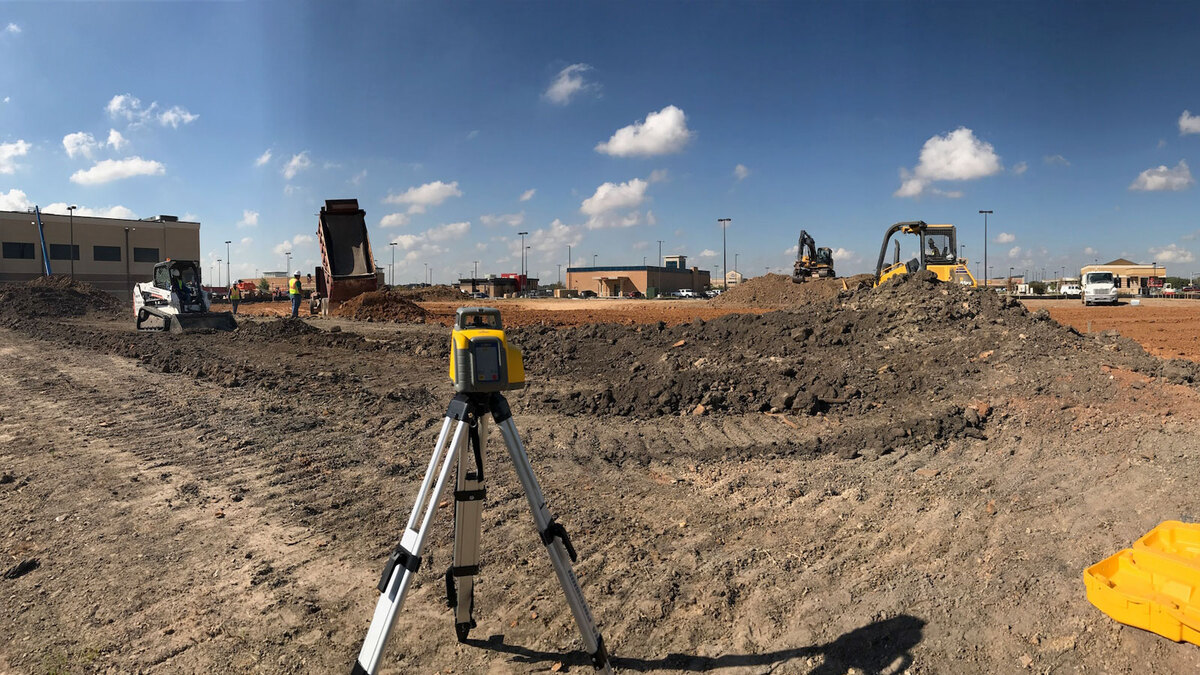
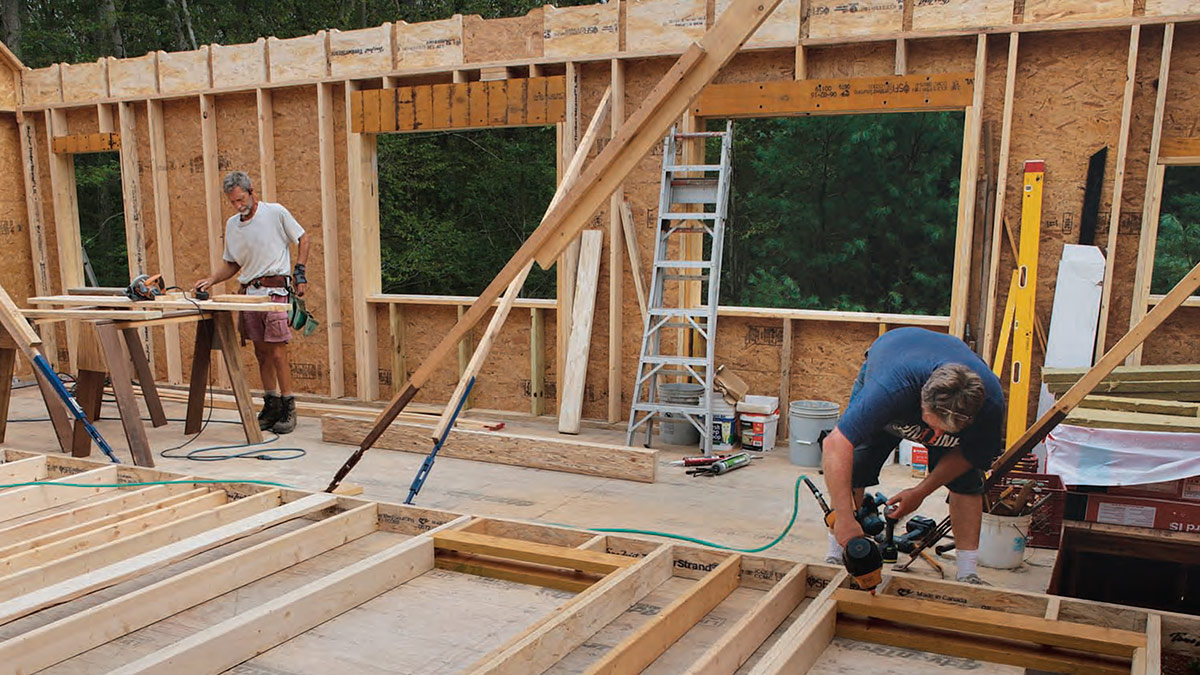
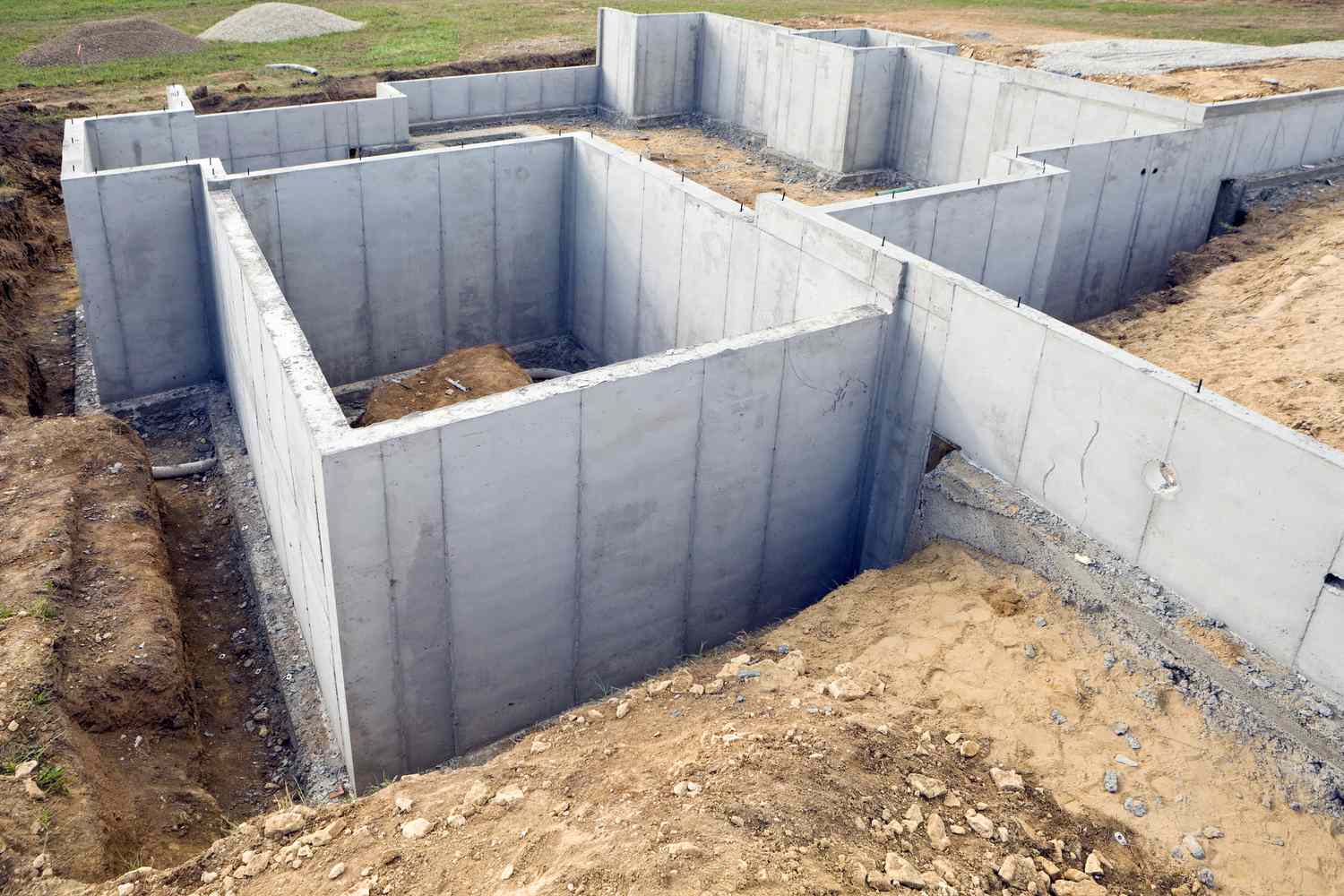
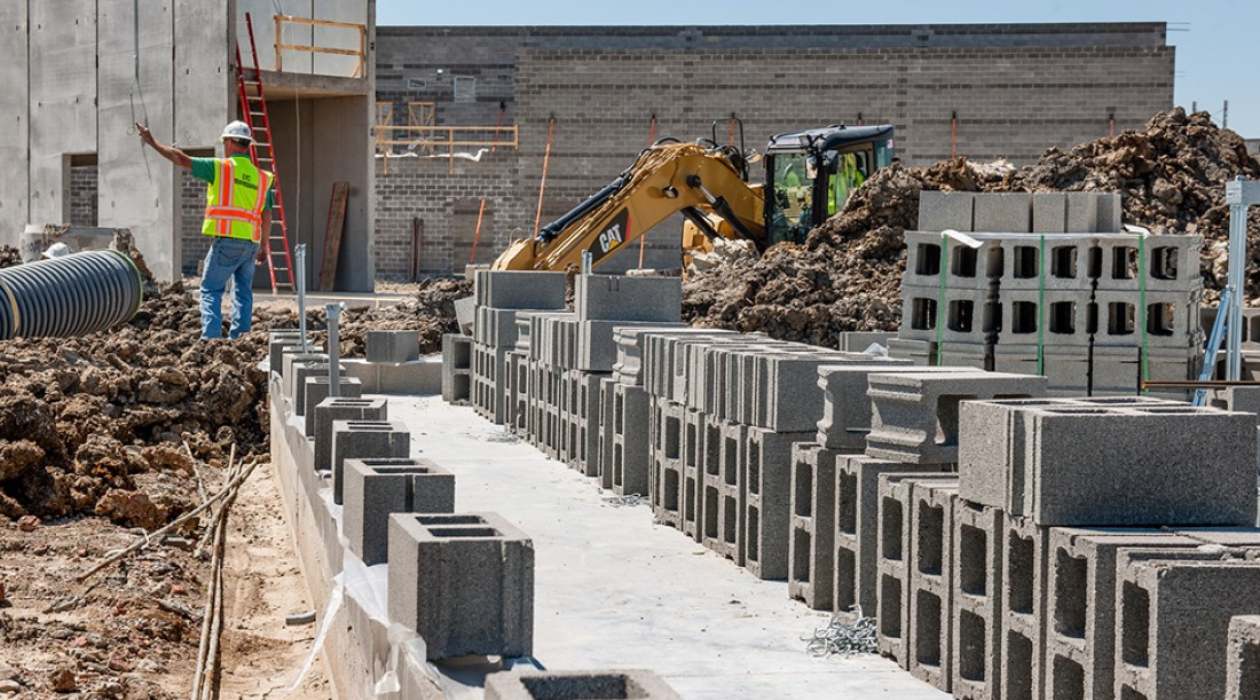
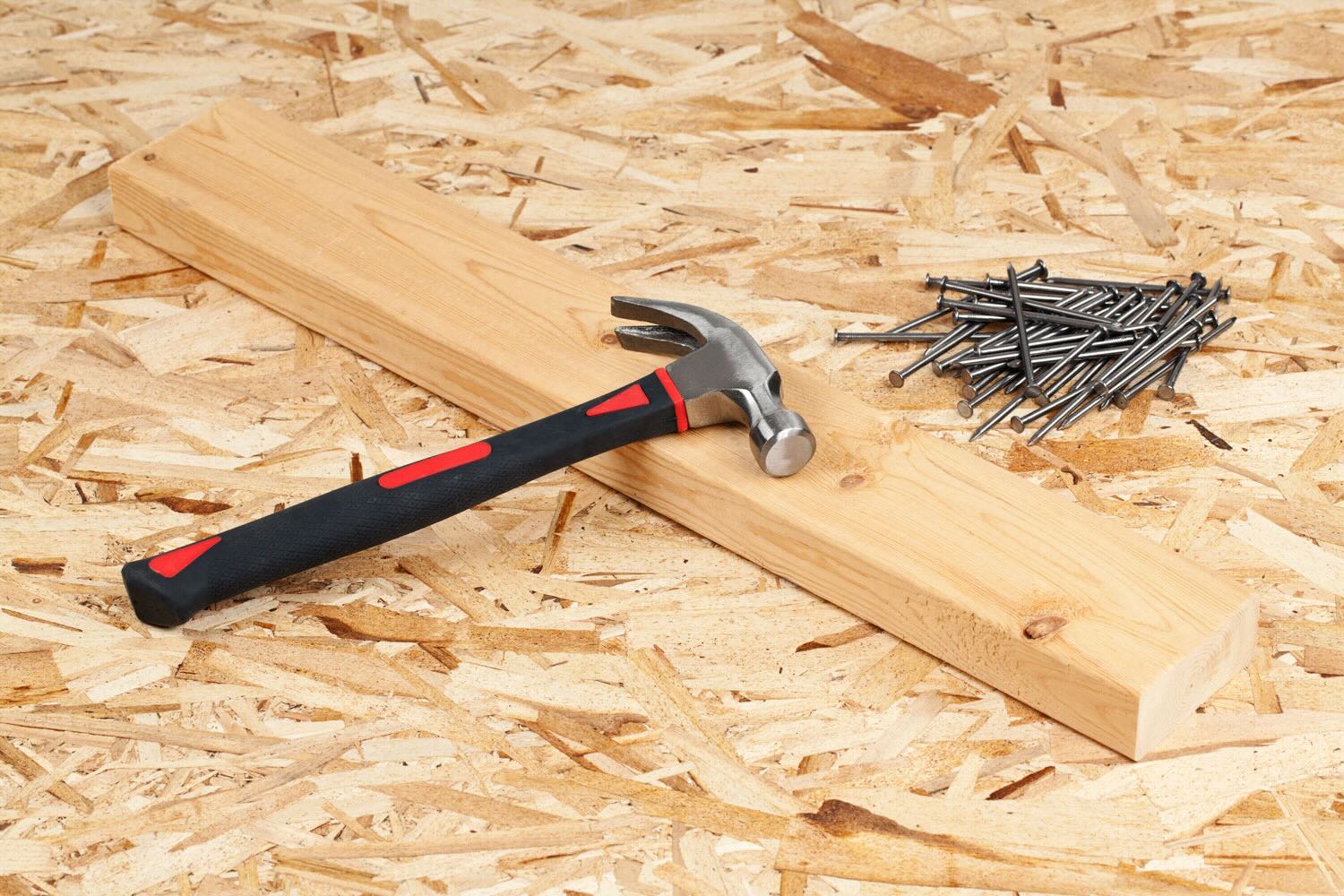






0 thoughts on “What Is A Bolster In Construction”